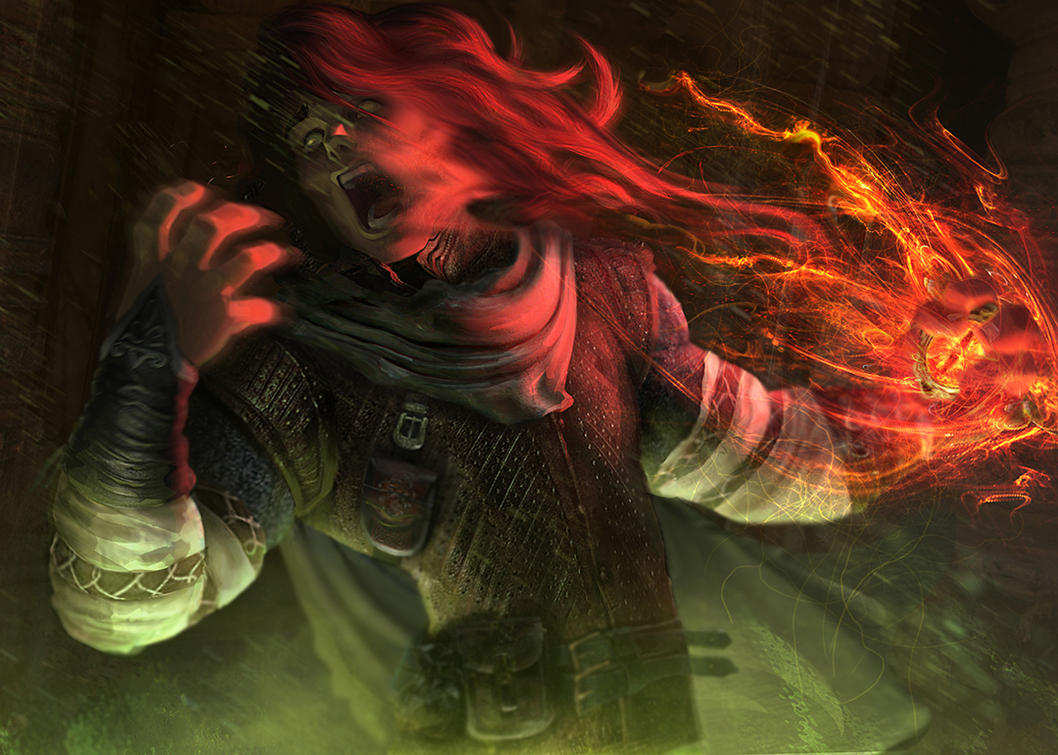Cursebreaking
Curses are often rendered null by the presence of a powerful Cleric within the adventuring party which lessens the threat posed to the party by vengeful undead, fey, and fiends alike. For Dungeon Masters seeking to increase the threat and challenge posed by curses, this alternative ruleset revises the mechanics for how curses operate.
When a player character comes across a magical item that is cursed, whether an ancient heirloom or trinket, an enchanted weapon, or a piece of armor, the player character can attempt to break the curse through casting the remove curse spell or the banishment spell, if a hostile spirit inhabits the item itself. When either of these spells are cast, a Cursebreaking Challenge is initiated.
After the players initiate the Cursebreaking Challenge, the Dungeon Master determines the DC associated with the curse by assigning a level of difficulty. After the DC is established, the character casting the spell can attempt to break the curse via a spellcasting check or allow the other members of the party to contribute by making an appropriate offering to the ritual and making an appropriate skill check.
For example, if the party is attempting to remove a curse from a Longsword of Vengeance possessed by the spirit of a fallen paladin, a character could offer up a necklace that belonged to the spirit's lover and make a Persuasion check to beg them to move on. Another party member could cremate the bones of the fallen paladin to give them a proper rest and make a corresponding Religion check. The DCs of these checks should equal the DC of the curse.
After the players make their offerings, the DM totals the number of successful offerings. If the party makes at least two successful offerings to the ritual, the final spellcasting check is rolled with advantage. Once this final check is rolled, the offerings are consumed by the spell. On a success, the curse is broken. On a failure, the curse remains and the DM determines the consequences. The spirit may choose to attack the party and summon additional undead. A maelstrom of magical energy may be unleashed requiring a Dexterity saving throw to avoid.
DM's can use the tables below as inspiration for developing adventures around lifting the curses from items and locations.
Offerings
| d8 | Potential Offerings |
|---|---|
| 1 | The murder weapon used to slay the item's original owner. |
| 2 | A love letter addressed to the originator of the curse. |
| 3 | A Letter of Pardon |
| 4 | A Spirit's Bones from Life |
| 5 | A small locket with engraved initials |
| 6 | Werewolf Blood |
| 7 | A Hangman's Rope |
| 8 | A Black Stone, nondescript yet so precious... |
Failed Ritual Consequences
| d8 | Consequence |
|---|---|
| 1 | A deadly-level trap is triggered as a maelstrom necrotic energy is unleashed |
| 2 | Hostile Undead, Fey or Fiends are summoned |
| 3 | The Originator of the Curse learns the location of the party |
| 4 | The player casting remove curse or banishment is possessed |
| 5 | The structure the players are in begins to collapse |
| 6 | A dangerous-level trap is triggered as a burst of necrotic energy is unleashed |
| 7 | All players within 60 feet of the item gain a point of exhaustion |
| 8 | The curse remains unbroken and its originator taunts the party |
Cursebreaking
Homebrew created by: /u/Valerion
Artist Credit: "Wicked Curse" by Pastywhite. DeviantArt

